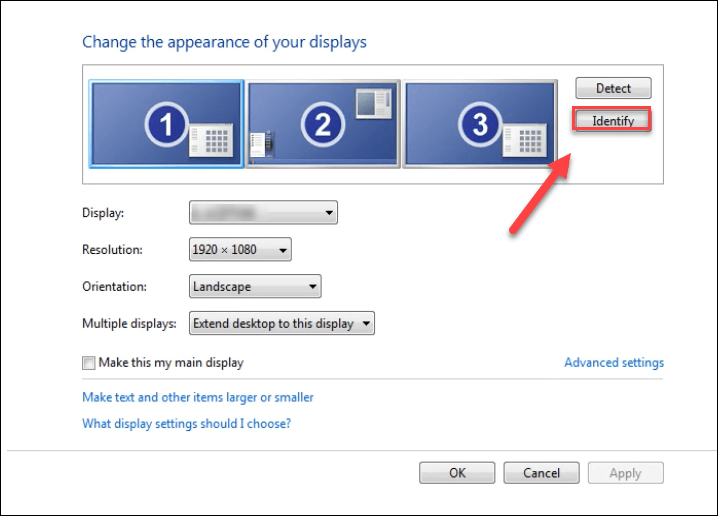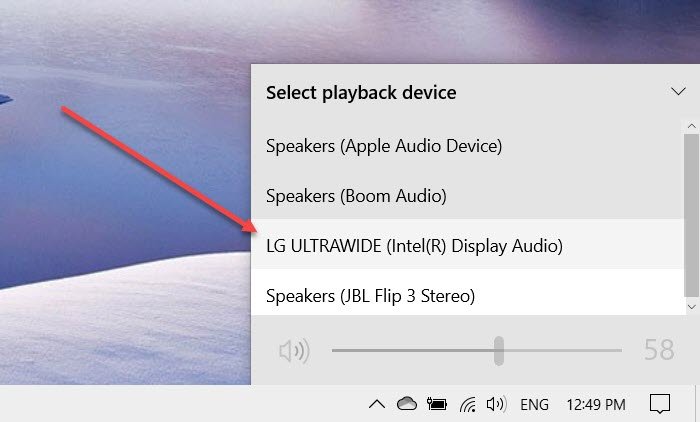
If no audio is broadcast through the video card, this conneciton is required. This may not be necessary as the video card may possibly provide audio. Connect a separate audio cable between the headphone or speaker output on the laptop and the audio in connector on the TV.Connect the other end of the HDMI cable to one of the HDMI connections on the rear of the TV.Connect one end of the HDMI cable to the laptop VGA port.Select the appropriate display properties as desired. Under the "Settings" search, select " Project to a second screen". Windows 8 - Go to the Start screen and type " Display".Windows 7 and earlier - Open the Start menu and type " Display" in the search and click on " Connect to an external display" from the items listed.Enter the display setting on the laptop if necessary to project the image from the computer to the TV.Turn the laptop and TV on select the PC input by pressing the " Input" button of the TV remote control repeatedly.Connect the other end of the VGA cable to the PC IN VGA connection on the rear of the TV.Connect one end of the VGA cable to the laptop VGA port.The most common connection when using a TOSHIBA laptop and TOSHIBA TV are VGA and HDMI as described in detail below.



Most connections require both a video connection and an audio connection with the exception of some HDMI video cards that provide audio as well. A laptop can be connected to a TV many different ways to allow the laptop content to be displayed as shown in the figure below.


 0 kommentar(er)
0 kommentar(er)
